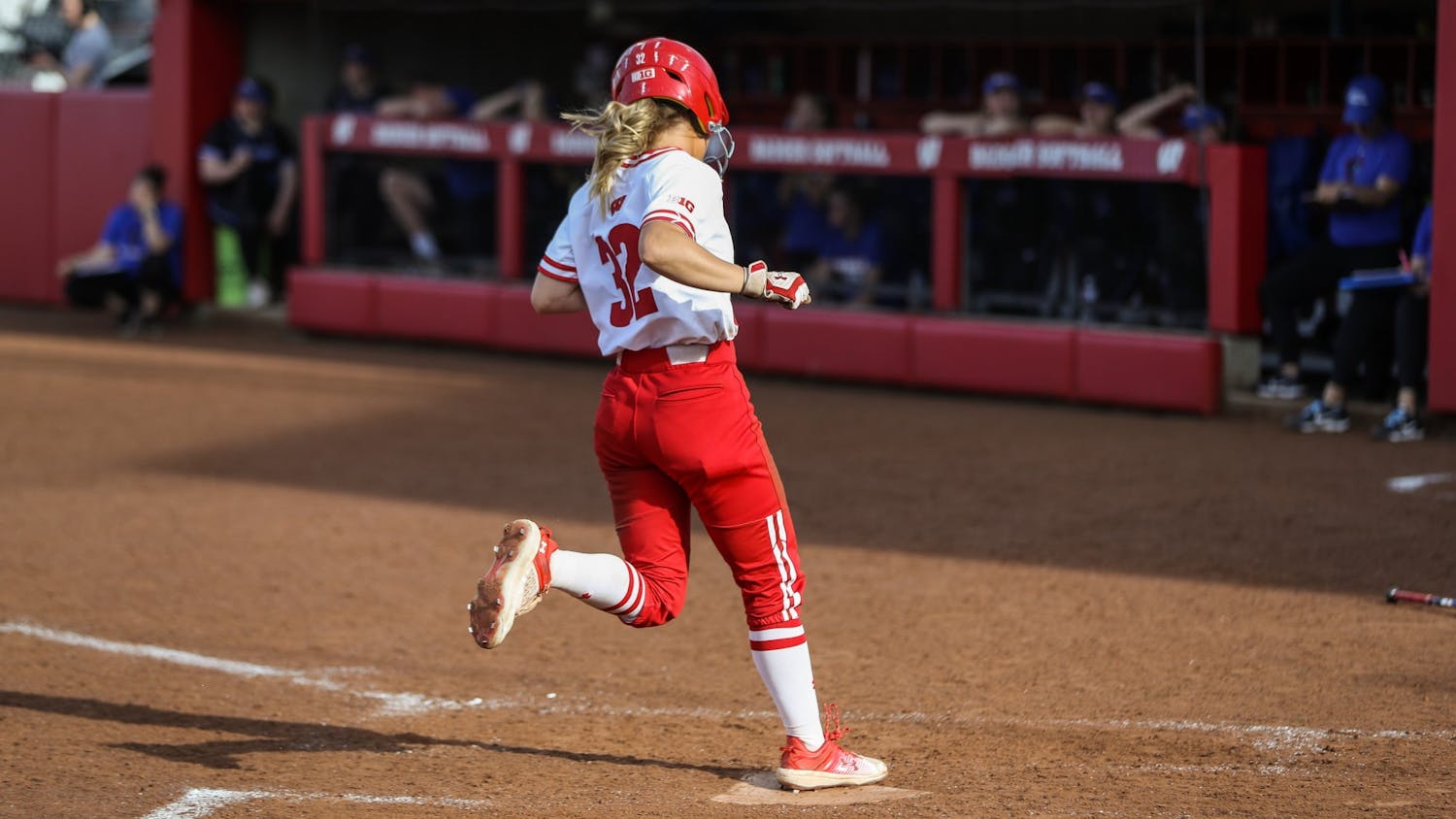The college sports landscape is set for another compensation shift as a $2.78 billion settlement in the House v. NCAA class-action lawsuit, involving three antitrust cases against the NCAA and Power Five conferences brings two new pay structures for the 2025-26 season.
College athletes who played between 2016 and 2021 are subject to receive back payments for missing out on the Name, Image and Likeness (NIL) era. Additionally, schools will have an approximate $23 million salary cap for each athletic program to pay revenue-generating college athletes throughout the year.
The cap is based on a percentage of the average revenue streams of an athletic department which includes ticket sales, television contracts and sponsorships. So, payments –– athlete salaries — under this cap will only be given to college athletes who play sports that create income through broadcasts and television deals.
Like a salary cap in professional sports, the intention of the case is to even the playing field, increase competition and place a regulatory check on third-party NIL deals. Athletic directors must now decide how to spread money out equitably and create competitive rosters across programs while also maximizing the support of their best and most profitable teams.
Football and basketball may receive the most direct pay
UW Athletics has not announced a clear distribution of pay, but one can expect that the majority of direct pay will be allotted to the football and men’s basketball teams, who combined, accounted for around 70% of total athletic revenue at UW in 2023, according to Business Insider.
“Our plan is to maintain our broad-based approach to supporting 23 sports, though the level of support we're able to offer each program will need to change,” UW-Madison Athletic Director Chris McIntosh said in an Oct. 22 statement.
Although McIntosh hasn’t said what allocations will transpire, he seemed to indicate that smaller revenue sports may see a reduction in their budgets.
“The environment in which we have been competing will be quite different in the future. The changes ahead will force us and athletic departments across the country to make difficult decisions given the financial impact of the settlement,” McIntosh continued.
Wisconsin Athletics has already started to create ways to generate more money for the school to adapt to this new economic model. For the first time in 28 years, a concert will take place at Camp Randall when Coldplay performs on July 19.
McIntosh has also said Wisconsin will seek “revenue from sponsorship logos on courts and playing fields and patches on jerseys” alongside premium seating at a higher ticket price in the Kohl Center.
However, the athletic department has a lot of unanswered questions regarding the division of scholarships. McIntosh has already said “there will be 80 to 100 fewer Badger athletes,” and the number of scholarships awarded “will also decrease.” Walk-ons for major sports will become a rarity, and recruitment for all sports could be more limited as coaches look to use the transfer portal more to fill tighter rosters.
UW Athletics yet to comment on Title IX compliance with the cap
There have been no statements by UW Athletics surrounding direct pay for women’s sports and how Title IX compliance will be impacted by the salary cap.
The terms of the House v. NCAA settlement are still being negotiated. Until final provisions are released and enacted, we can only speculate on the Badgers’ approach. A salary cap may bring a baseline of fairness in competing with other Big Ten programs, but the athletic department will soon have to confront tough decisions on how to budget all 23 of its Division I programs.






